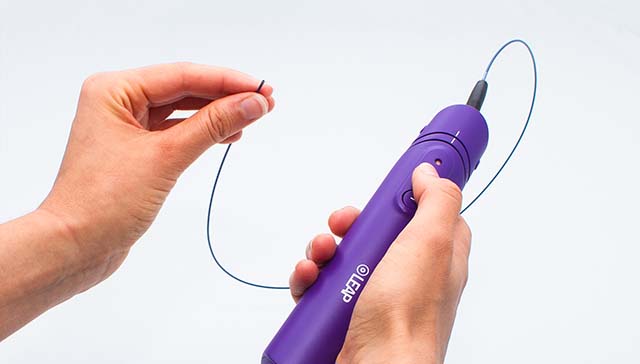
At Asia Pacific MedTech Forum 2018 (9-10 October, Singapore), Cambridge Consultants demonstrated its single-use, high-definition miniature camera. Called “Leap”, according to a press release, the technology allows a digital view inside veins and arteries for the first time. The press release states that Leap builds on the latest generation of submillimetre cameras, enabling surgeons to visualise parts of the anatomy that are currently inaccessible with imaging techniques at present.
With potential for even smaller cameras on the horizon, this highly miniaturised “chip-on-tip” architecture features a 400×400 pixel image (0.16 megapixels) as a standard capability, an order of magnitude improvement over standard fibre-optic angioscopes—chip-on-tip refers to the location of the imaging sensor at the distal end of the endoscope, in contrast to traditional fibre bundles which transmit light to large, external processing towers.
The press release states that in the future, Leap technology could be combined with Cambridge Consultants’ “super-resolution” image processing to increase the resolution further to 1600×1600 pixels (2.6 megapixels). This state-of-the-art, proprietary technique harnesses deep learning to enhance low resolution images without the blurring associated with traditional upscaling and will ultimately provide visualisation for the most challenging cardiovascular surgery.
Despite the ability to provide unique predictive information, current surgical endoscopes are not widely used in angioscopy due to poor flexibility, a limited field of view and low resolution. At 1.35mm in diameter, the Leap early prototype is small and flexible enough for use in a procedure such as intracoronary angioscopy. Leap increases the information available to surgeons with new functionality, such as enabling tissue classification or direct imaging of non-standard vascular occlusions. Moving beyond the traditional endoscope, inspection with a Leap device could be paired with today’s leading technologies, such as intravascular ultrasound (IVUS) and optical coherence tomography (OCT), enabling enhanced diagnostic techniques during surgery.
Existing endoscopes also carry an elevated risk of infection and device damage due to inadequate sterilisation between procedures. Leap overcomes a number of these barriers, being an inexpensive, single-use endoscope and can be operated from a standard computer, not relying on the availability of large and expensive operating room infrastructure. Due to the falling costs of chip-on-tip technology, the expense associated with traditional endoscope systems are set to significantly reduce. This is achieved with the introduction of an economical, reposable device, removing the need for sterilisation and maintenance.
Simon Karger, head of Surgical and Interventional Products at Cambridge Consultants, says: “We have combined our intravascular device experience with our knowledge of micro optics, systems engineering and artificial intelligence, in conjunction with external manufacturing partners. The result is an economically viable, disposable camera system that is small enough to fit into the working channel of a typical vascular catheter. For the first time, Leap offers practical, direct visualization in the procedure room and a platform for integration of new configurations, sensor types and imaging modalities (such as spectroscopy). This can enable a new level of advanced imaging in intravascular procedures and an unparalleled surgical experience.”









